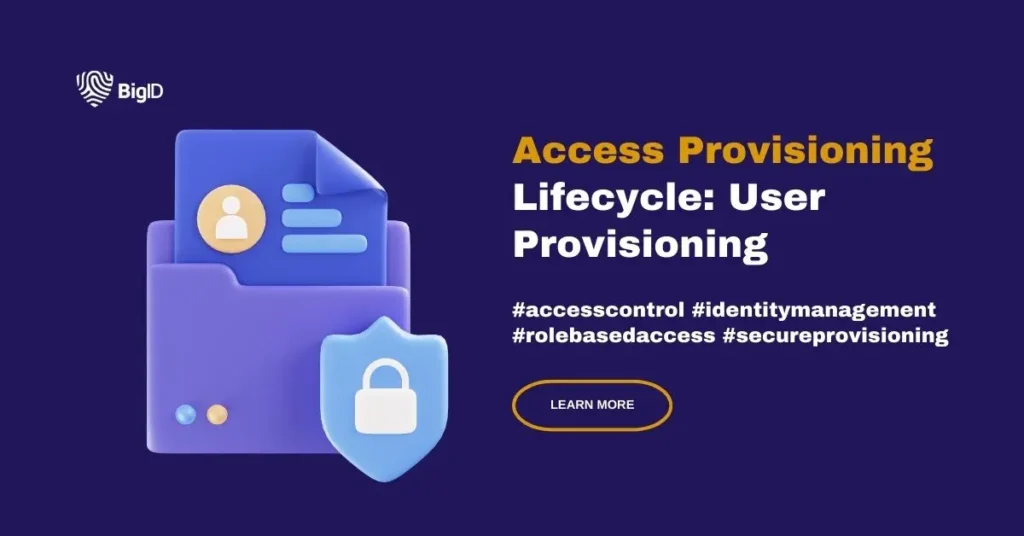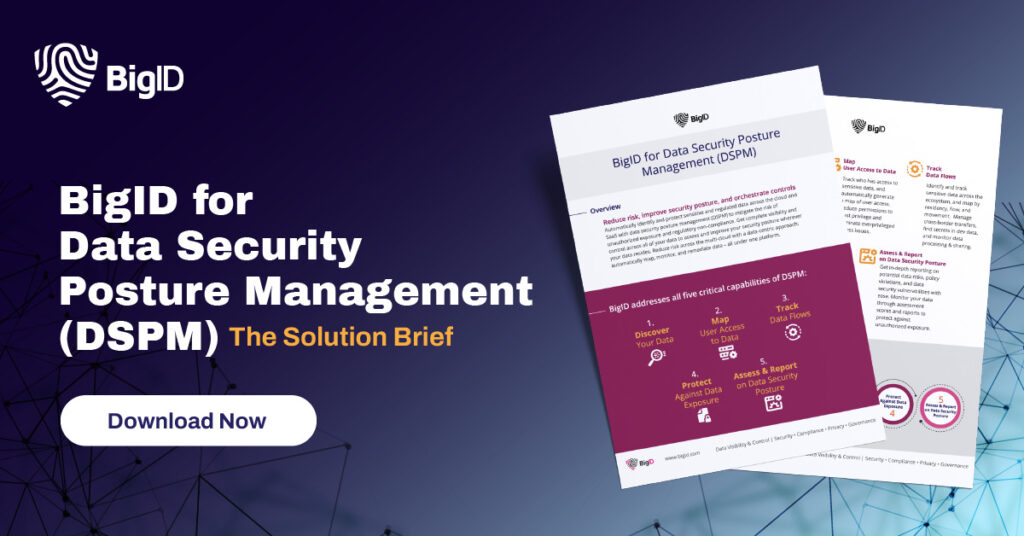Access Provisioning Lifecycle: A Guide to Identity Access Management With User Provisioning and Deprovisioning
Learn more about access provisioning and how this aspect of data security prevents data breaches.
What Is Access Provisioning?
Access provisioning is the process that administers control over an organization’s resources, including its applications, data, and systems. The process gives users the least access privileges they require to do their jobs. It includes creating new user accounts, setting passwords, authorizing email clearance, and granting users privileges necessary to view information.
Why Do You Need User Provisioning?
If you run a business, you generate, store, and use data. This could be employee records, product information, or sensitive customer information.
Chances are, your employees need to view some of this information to do their jobs. For example, the accounts department needs employee records to make salary payments, while the sales department would have no reason to view this information.
On the other hand, the sales team might need customer contact information, which is something that accounts would not need.
Similarly, in a hospital, the team treating a patient would need their records, but once the patient has been discharged, the healthcare providers no longer need to be able to view them.
User account provisioning allows you to provide business-critical information to those who need it—when they need it—while protecting it from those who don’t, or shouldn’t, be allowed access to it.
Effective user access provisioning, therefore, must strike that fine balance between protecting data and allowing people to view the information they need for their work.
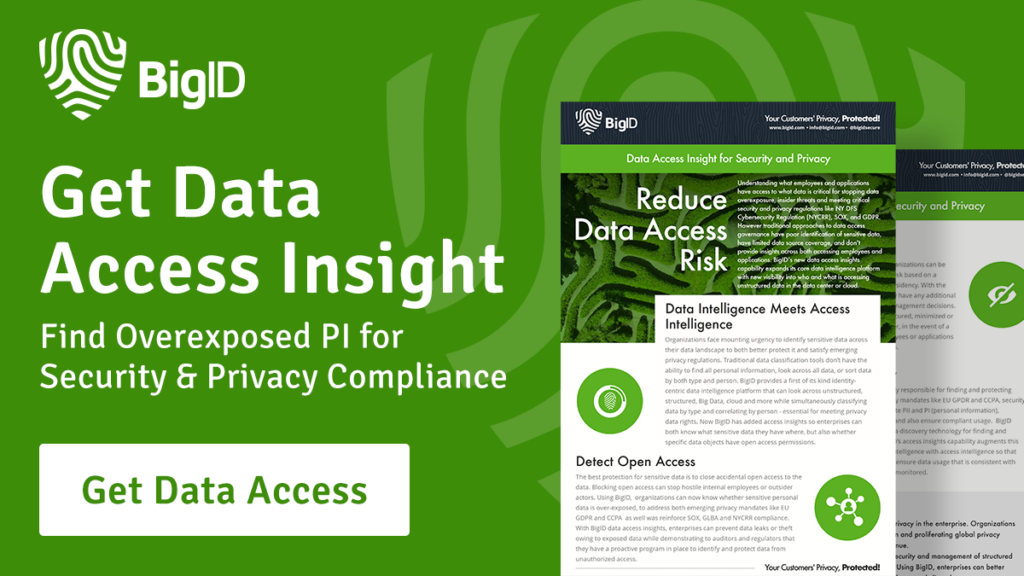
Types of Access Provisioning
Role-Based Access Control (RBAC)
In RBAC, access permissions are assigned based on user roles by grouping permissions into functions aligned with specific responsibilities.
Attribute-Based Access Control (ABAC)
ABAC leverages user characteristics and environmental context to control access, making it ideal for environments with dynamic and complex needs.
Identity-Based Access Control (IBAC)
Identity access management provides a straightforward solution for smaller organizations where verifying the user’s identity is sufficient.
Discretionary Access Control (DAC)
With DAC, resource owners can grant or revoke permissions, fostering collaboration in environments that require flexible information sharing.
Mandatory Access Control (MAC)
MAC relies on centrally defined policies to manage and secure sensitive data through classifications and clearances. It’s often used in government sectors.
Rule-Based Access
This method uses predefined rules and conditions to guide decisions, allowing for dynamic responses, particularly useful in network security.
Time-Based Access
In time-based control, access to resources is restricted to specific time frames, enhancing security for temporary projects by limiting when users can view resources.
Location-Based Access
Restricting viewing permissions based on geographic location adds a layer of security by limiting access to pre-defined designated areas.
Hybrid Access Control
For complex environments, hybrid control integrates multiple models to offer flexible and comprehensive access governance tailored to varied security needs.
Stages in the Access Provisioning Lifecycle
For effective provisioning, you don’t just set permissions once and forget about them. It’s a continuous process to ensure that rights are appropriate and secure over time.
Here are the key stages in the access provisioning lifecycle:
Identity Verification
The first step is to verify the identity of users who need access to your organization’s resources. This step ensures that only legitimate users are considered and helps prevent unauthorized entry.
Identity verification might involve using credentials such as usernames, passwords, multi-factor authentication (MFA), or even biometric checks, depending on the sensitivity of the information and your organization’s security requirements.
Access Request and Approval
Once a user’s identity is verified, the next step is to process their access request. Users typically request permissions based on their role or specific needs, which is then reviewed by the relevant authority or management.
This is when you evaluate if the user’s job responsibilities make it necessary or appropriate for them to request access, according to your organization’s policies and security standards.
Provisioning Access
After approval, the required access is provisioned, meaning the user is granted the appropriate permissions to the required resources.
This is when user accounts are created, roles assigned, permissions set, and access settings configured in various systems and applications.
Automated tools and identity management systems can help you streamline this process and reduce the potential for human error.
Access Monitoring and Management
Granting admission is just the beginning. Continuous monitoring ensures that users only access the information and resources they need and use them appropriately.
Access management with regular audits, monitoring real-time activity, and reviewing access logs help you detect any anomalies or suspicious activities.
Monitoring allows you to respond to access-related incidents and update permissions as necessary quickly and before a serious data breach can occur.
Access Review and Certification
Conducting regular reviews ensures that users still need the access they have been granted. This involves checking that access levels align with the user’s role and responsibilities and that no unnecessary permissions linger to prevent access creep.
Certification helps maintain security by identifying and removing outdated or excessive rights, thus minimizing potential security risks.
Deprovisioning Access
The final stage in the lifecycle is deprovisioning, where access rights are removed when they are no longer needed. This could be due to changes in the user’s role, termination of employment, or completion of a project.
Timely deprovisioning prevents former employees or third parties from viewing your business information and maintains your organization’s overall security posture.
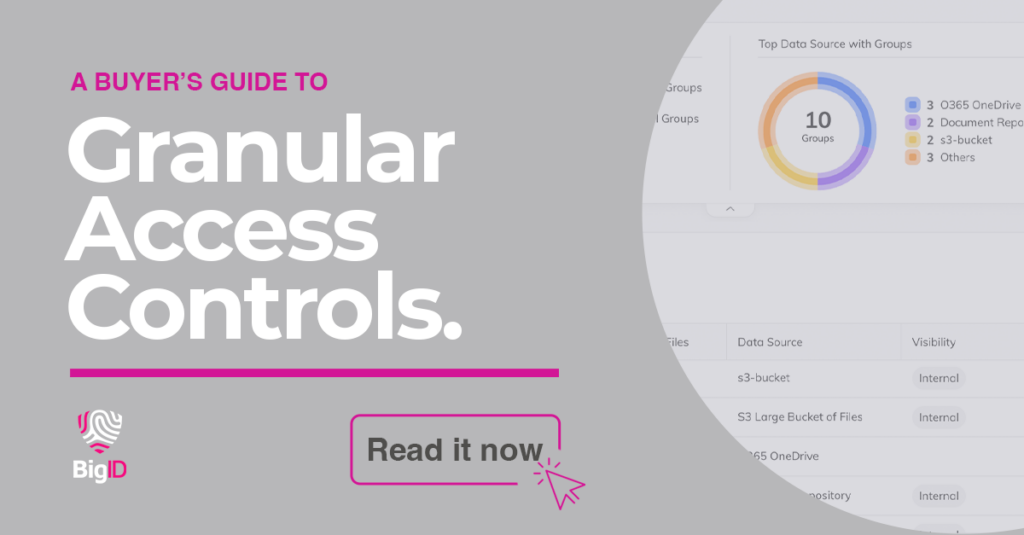
Benefits of User Access Provisioning
An effective access provisioning strategy offers numerous advantages for your organization. Here are some of its key benefit:
Enhanced Security
By ensuring that only the right individuals have access to specific resources, you significantly reduce the risk of data breaches and other security threats.
It also enables you to implement the principle of least privilege, granting users only the access they need to perform their duties.
Improved Compliance
Many industries face stringent regulatory requirements regarding data protection and privacy. Access provisioning helps you comply with these regulations by providing a clear framework for managing data viewing rights.
With a well-documented process, you can demonstrate to auditors and regulators that your organization takes data security seriously and adheres to industry standards.
Operational Efficiency
Efficient provisioning streamlines granting and managing user access, reducing the administrative burden on your IT and security teams.
Automated provisioning tools can speed up the onboarding process for new employees and ensure that they have immediate access to the resources they need. This efficiency minimizes downtime and boosts productivity across your organization.
Reduced Risk of Insider Threats
Careful access management can mitigate the risk of insider risks. The process enables you to monitor and control access, ensuring that employees do not have unnecessary or excessive privileges that could be exploited.
Regular reviews help identify and rectify any inappropriate access, further protecting your organization from internal threats.
Simplified Auditing and Reporting
A structured provisioning process simplifies the auditing and reporting of access-related activities. With detailed logs and records of requests, approvals, and changes, you can easily track who viewed what and when. This transparency not only aids in compliance but also helps you quickly identify any anomalies or suspicious activities that require investigation.
Better Resource Management
Access provisioning helps optimize the use of your organization’s resources by ensuring that access is aligned with business needs. By understanding who needs what information, you can allocate resources more effectively, avoiding unnecessary expenditures on licenses or system capabilities that are not being used.
Inadequate Access Provisioning Control Risks
Improper controls can expose your organization to various security risks and operational challenges. Here are some key risks associated with inadequate access provisioning:
Data Breaches
Without proper access controls, unauthorized users can view sensitive information. Such data breaches can result in financial losses, reputational damage, and regulatory penalties.
Insider Threats
Employees or contractors with excessive or unnecessary access pose a significant risk. These insiders can intentionally or accidentally misuse their privileges, leading to data leaks or sabotaging critical systems.
Regulatory Non-Compliance
Inadequate permission management can result in non-compliance with data protection regulations such as GDPR, HIPAA, or PCI DSS. Non-compliance can lead to hefty fines and legal consequences for your organization.
Operational Disruptions
Improperly granted access can lead to operational inefficiencies, as employees might struggle to view the resources they need to perform their duties. This inefficiency can result in lost productivity and increased operational costs.
Account Compromise
Weak access controls make it easier for attackers to compromise user accounts. Once an account is compromised, attackers can move laterally within the organization, accessing additional resources and increasing the scope of potential damage.
Excessive Privileges
You can increase your organization’s attack surface if you grant users more access than necessary. Malicious actors can exploit excessive privileges to access critical systems and data.
Lack of Accountability
Inadequate access provisioning makes it difficult to track who viewed what information and when. This lack of accountability can hinder forensic investigations and make it challenging to identify the source of a security breach.
Difficulties in Auditing
When access rules are not well-defined, conducting audits becomes a complex task. The absence of clear records and access logs can impede efforts to identify vulnerabilities and ensure compliance.
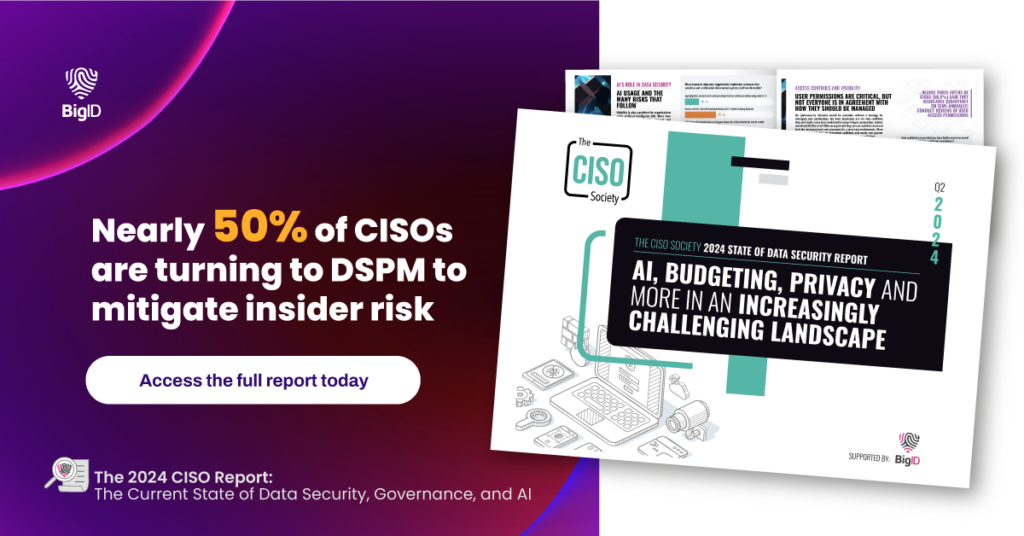
Access Provisioning Best Practices
Implementing best practices for access provisioning is essential to maintain a secure and efficient environment in your organization.
Here are key strategies to ensure proper levels of access:
Principle of Least Privilege
Grant users only the access necessary for their roles. This minimizes the risk of unauthorized access and reduces the potential impact of security breaches.
Role-Based Access Control (RBAC)
Utilize RBAC to simplify access management. Assign permissions based on roles rather than individuals and streamline the process to grant and revoke access permissions as employees change roles or leave the organization.
Regular Access Reviews
Conduct periodic user access audits to verify that permissions align with current job responsibilities. This helps identify and rectify unnecessary or outdated rights.
Automated Provisioning
Use automated tools to handle routine access requests and deprovisioning. Automation reduces errors and speeds up the process, ensuring users have timely access to necessary resources.
Multi-Factor Authentication (MFA)
Implement MFA to add an extra layer of security, making it more difficult for unauthorized users to view sensitive information, even if credentials are compromised.
User Education
Educate employees about security best practices, emphasizing the importance of safeguarding credentials and recognizing phishing attempts.
By following these best practices, your organization can enhance its security posture, reduce risks, and ensure that access provisioning processes are efficient and aligned with business objectives.
BigID’s Access Provisioning Solution
BigID enhances identity and access management (IAM) by leveraging advanced data discovery and identity governance to ensure users have the right permissions to view the correct data.
By automatically discovering and classifying sensitive data across all environments, our platform helps identify over-privileged users and detect improper access to sensitive data.
This enables your organization to enforce data-centric access controls, aligning access rights with roles and responsibilities.
Additionally, BigID integrates with identity management solutions to streamline user provisioning and maintain compliance with regulatory requirements, reducing insider risks and strengthening the overall security posture.
Our solution can help keep your business information safe, regardless of where it’s located. We can help you secure data across multi-tenant cloud environments as well. Read more here.

